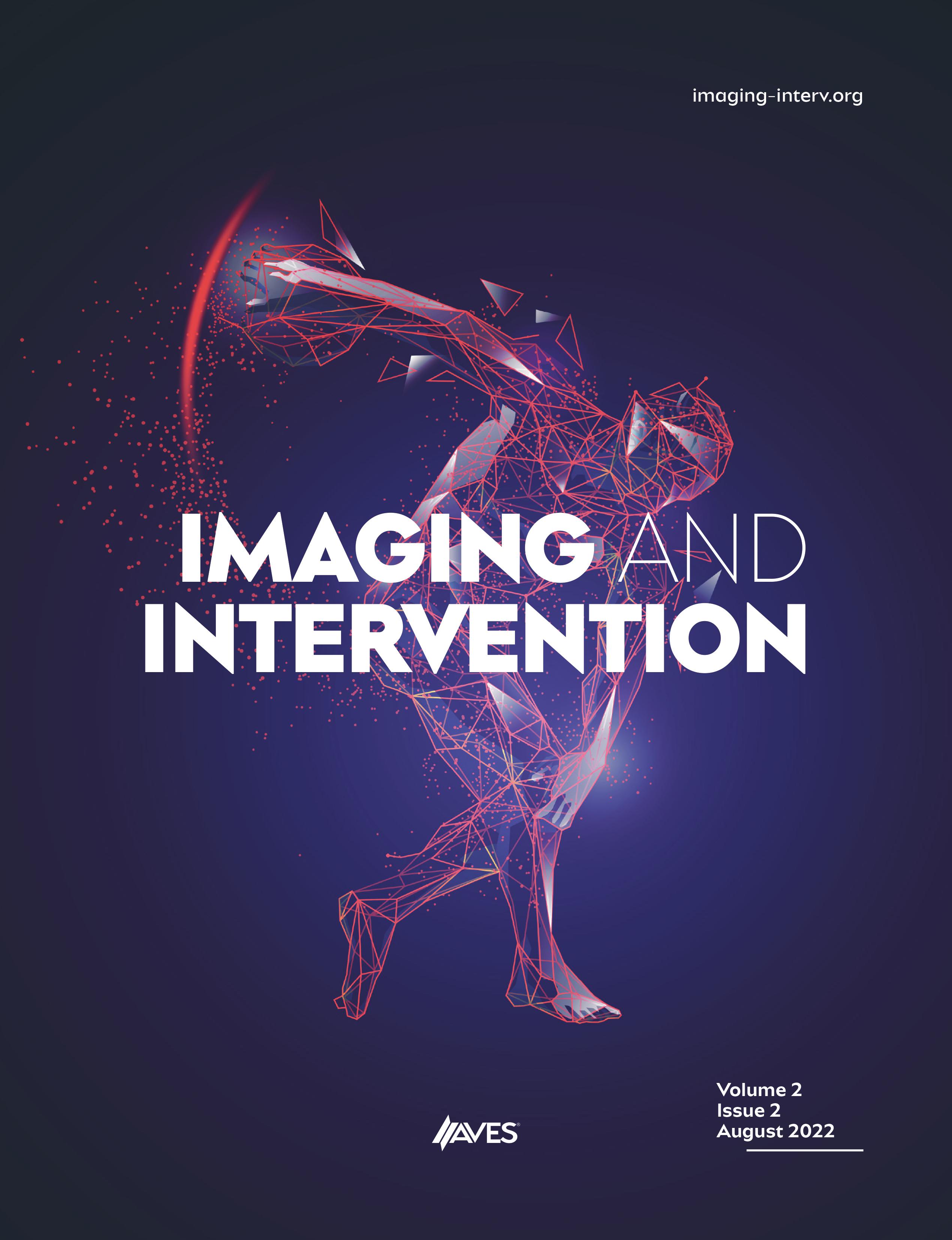Background: Vertebral fractures affect many people, especially in countries with an aging population like the United States.Vertebral augmentation procedures such as vertebroplasty or kyphoplasty can be effective treatment options that increase lifeexpectancy. However, in the late 2000s, randomized control trials and guideline recommendations questioned the efficacy ofthese procedures. This study aims to evaluate current utilization trends of vertebral augmentation procedures.
Methods: Data were collected from the United States Centers for Medicare and Medicaid Services Physician/Supplier Procedure Summary from 2010 to 2018. Data were stratified using current procedural terminology (CPT) codes for vertebral augmentationprocedures and then sub-analyzed by type of intervention, specialty performing the intervention, and location the intervention was performed.
Results: The number of vertebral augmentation procedures performed decreased from 228.4 per 100 000 in 2010 to 180.8 per 100 000 in 2018—a decrease of 20.9%. By specialty, spine surgeons saw the biggest decrease from 102.75 per 100 000 to 79.29 per 100 000. Finally, by location, procedures were approximately constant except for office-based procedures which saw an increase of 256%.
Conclusion: The number of vertebral augmentation procedures performed per 100 000 people declined. Specifically, vertebro- plasties decreased while kyphoplasty remained approximately the same. By specialty, spine surgeons saw the largest decreasefollowed by radiologists. Finally, when analyzed by location, all locations were approximately the same except for office-basedprocedures which saw an increase. The stagnant trends in vertebral augmentation procedures could potentially be explained by the controversy among randomized control trials and guidelines in the late 2000s.
Cite this article as: Patel SG, Potluri VK, Patel RD, et al. Analysis of vertebral augmentation procedures from 2010 to 2018: Sequela of controversy from randomized control trials and guidelines. Imaging Interv. 2022;1(3):61-65.


